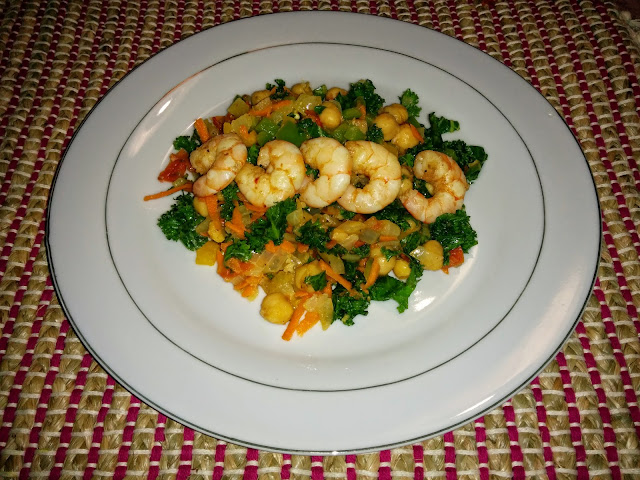The super-versatile gluten-free, Quinoa ( pronounced KEEN-wah, not kwin-OH-ah), is available in different colors, but the most commercialized types are white and red. Although they are the same grain, there are slight nutritional differences between red and white quinoa. We cook and eat quinoa like many other grains, but, botanically speaking, the part we eat is actually the seed.
Alain Jocard/AFT/Getty
White Quinoa
White quinoa, actually a bit more tan than white, is the most widely-available in stores. Compared to wheat or rice, quinoa is a better source of protein, has all the essencial amino acids, as well as a number of vitamins and minerals. Of all the quinoa colors, white quinoa has the most delicate taste and the lightest texture and it cooks up a bit fluffier than other types of quinoa.
Red Quinoa
It takes on a brownish color when cooked, is more often used in meals like cold salads since it holds its shape better during cooking, has a richer taste, slightly chewier texture, and somewhat nuttier flavor compared to white quinoa. The main differences in between white and red quinoa is the red quinoa is slightly lower in total fat, a little higher in sodium, fiber, sugar, and protein, vitamin E, riboflavin, and folate. Their amino acid profiles are pretty similar, both are complete proteins.
Calories
There is slight difference in calories between the red and white quinoa. Uncooked red quinoa contains 170 calories for a 1/4-cup serving, while the same serving of white quinoa contains 172 calories.
Carbs and Fiber
If you're trying to increase your intake of fiber, red quinoa makes a better choice. A 1/4-cup serving of red quinoa contains 32 grams of carbs and 5 grams of fiber, while the same serving of white quinoa contains 31 grams of carbs and 3 grams of fiber.


















